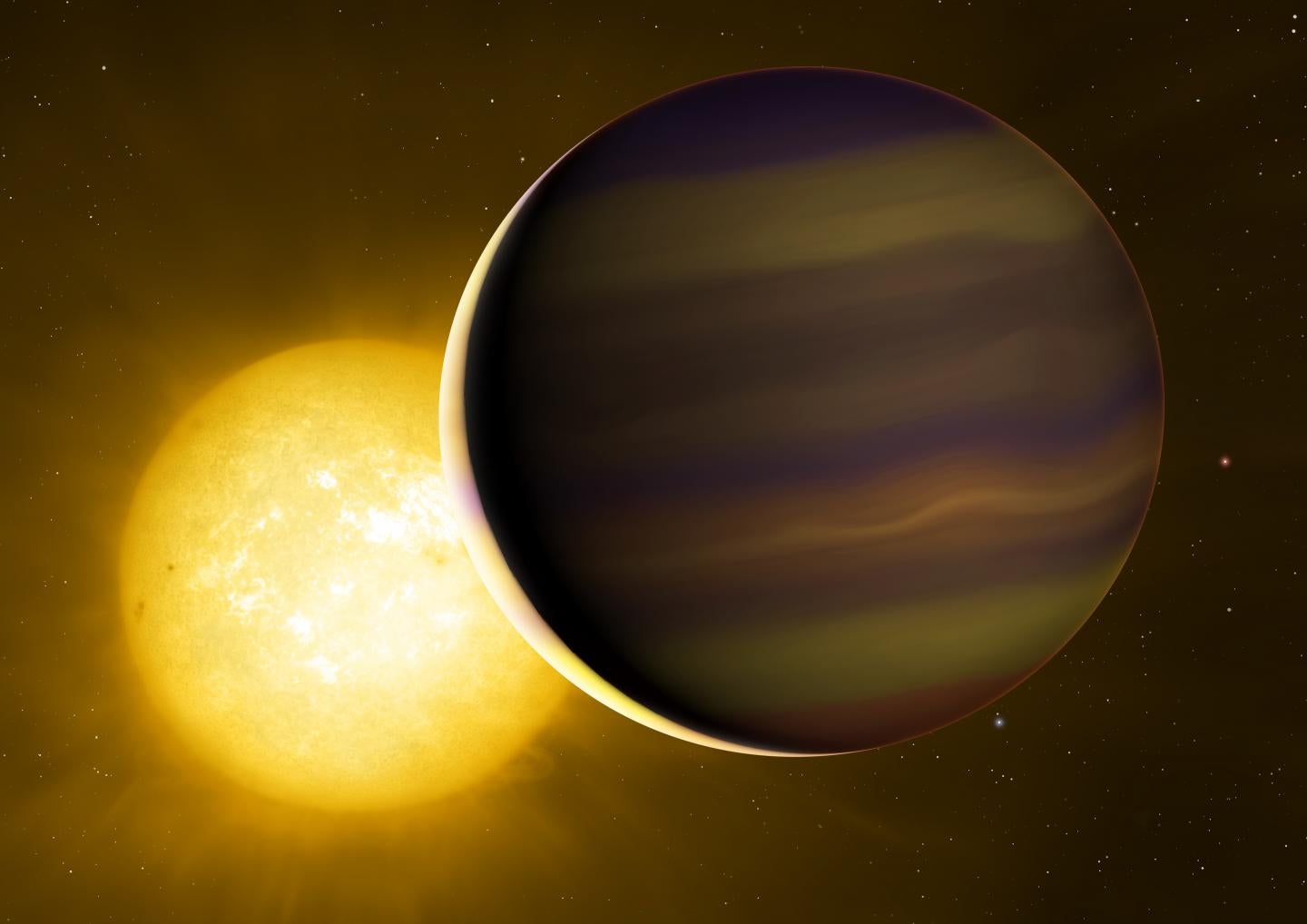Famous exoplanet appears to have come from somewhere else entirely, new breakthrough study says

Your support helps us to tell the story
From reproductive rights to climate change to Big Tech, The Independent is on the ground when the story is developing. Whether it's investigating the financials of Elon Musk's pro-Trump PAC or producing our latest documentary, 'The A Word', which shines a light on the American women fighting for reproductive rights, we know how important it is to parse out the facts from the messaging.
At such a critical moment in US history, we need reporters on the ground. Your donation allows us to keep sending journalists to speak to both sides of the story.
The Independent is trusted by Americans across the entire political spectrum. And unlike many other quality news outlets, we choose not to lock Americans out of our reporting and analysis with paywalls. We believe quality journalism should be available to everyone, paid for by those who can afford it.
Your support makes all the difference.A world famous among exoplanets appears to have come from somewhere else entirely, according to new research.
The planet seems to have been born somewhere else and migrated to its position close to its sun, according to a new study published in Nature.
The exoplanet that was the focus of the study, known as HD 209458b, is much more famous than its name might suggest, and is one of the most studied worlds we know about. It was the first world to be discovered by transiting in front of its star – a technique now used to discover thousands of other planets – as well as the first outside our solar system known to have an atmosphere, and other pioneering work.
Now researchers have looked more deeply at the chemicals in its atmosphere and found that it appears to have migrated to its orbit close to its star.
They made the discovery after finding six different chemicals in its atmosphere. It is the first time that so many molecules have been measured, representing a major breakthrough in itself as well as shedding new light on the planet.
Read more:
Being able to take such a precise and detailed chemical fingerprint also makes use of techniques that will be used in the future to understand distant planets – including information on whether they could be habitable.
That will be useful when more powerful telescopes come online and give more detailed information on distant worlds. If scientists are able to better understand those atmospheres, they will be able to decide whether they could be home to alien life.
In the coming years, Nasa will launch the James Webb Space Telescope and hopes to be able to gather much more detailed data about the various planets that surround us. Being able to use techniques such as those in the new paper will allow that data to be used to understand the conditions on those worlds, and get a picture of whether they could serve as a home to life.
In the new research, scientists took data from the Telescopio Nazionale Galileo in La Palma, Spain. As the planet passed in front of its star, four times, they examined the light – by understanding how the atmosphere affected the spectrum of light that came, they could use that to understand what chemicals are present and in what quantities.
They found that there was hydrogen cyanide, methane, ammonia, acetylene, carbon monoxide and low amounts of water vapour in the planet’s atmosphere. The mix was unexpected, since there is twice as many carbon-based molecules than expected.
Scientists think that would only be able to happen if the planet was once orbiting much further from its star when it first formed – at a distance similar to Jupiter or Saturn in our solar system, rather than the mere 7 million kilometres it sits from its star today.
“The key chemicals are carbon-bearing and nitrogen-bearing species,” said Siddharth Gandhi of the University of Warwick Department of Physics. “If these species are at the level we’ve detected them, this is indicative of an atmosphere that is enriched in carbon compared to oxygen. We’ve used these six chemical species for the first time to narrow down where in its protoplanetary disc it would have originally formed.
“There is no way that a planet would form with an atmosphere so rich in carbon if it is within the condensation line of water vapour. At the very hot temperature of this planet (1,500K), if the atmosphere contains all the elements in the same proportion as in the parent star, oxygen should be twice more abundant than carbon and mostly bonded with hydrogen to form water or to carbon to form carbon monoxide. Our very different finding agrees with the current understanding that hot Jupiters like HD 209458b formed far away from their current location.”
Join our commenting forum
Join thought-provoking conversations, follow other Independent readers and see their replies
Comments